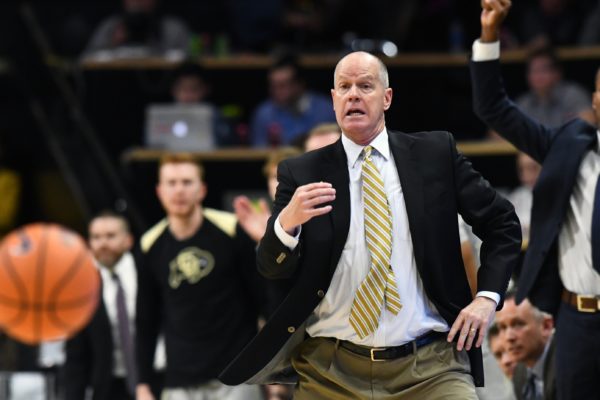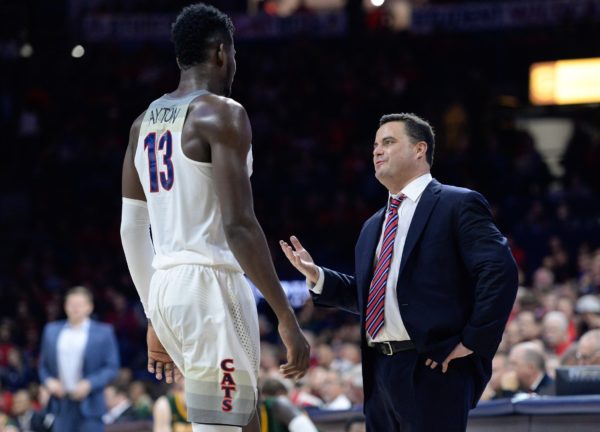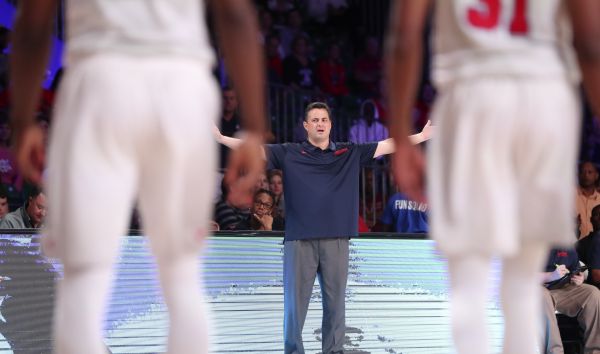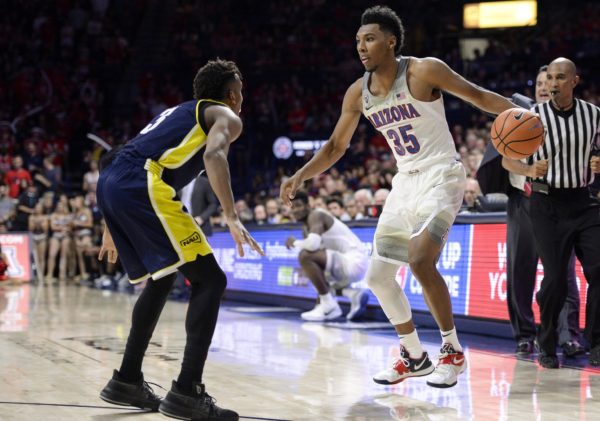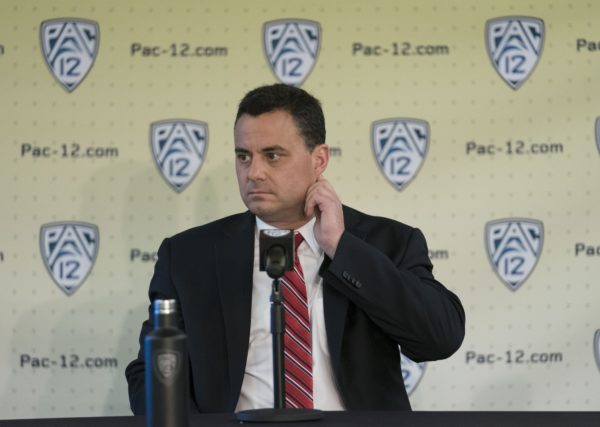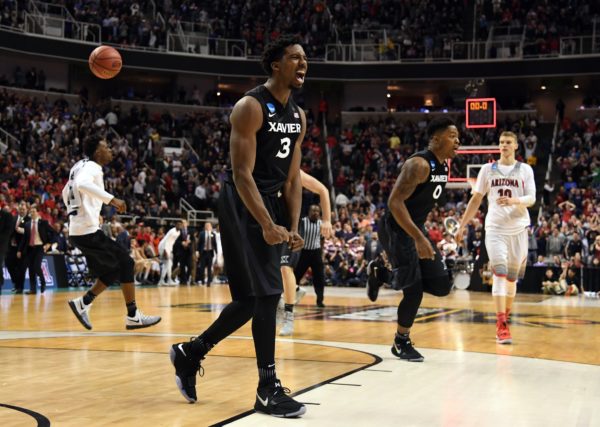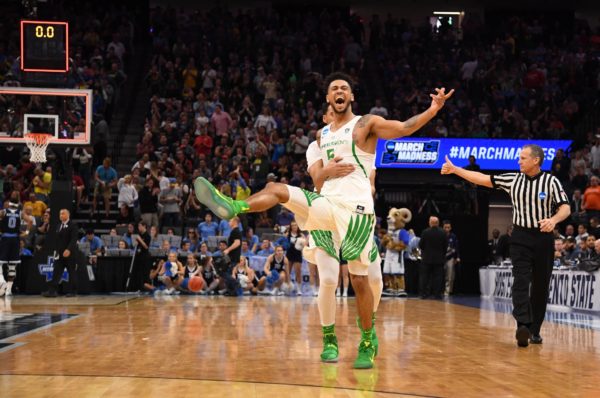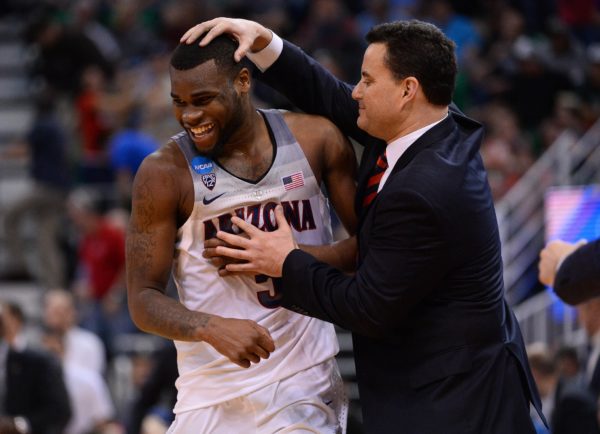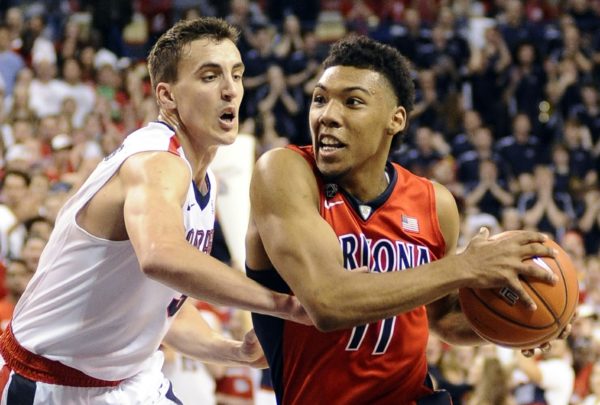Arizona Against the Zone and Colorado’s Strategy
Posted by Adam Butler on January 25th, 2018With modest success this season, teams have been throwing zone defenses at Arizona. The Wildcats have played nearly 25 percent of their offense against the zone, the 35th-highest percentage in college basketball. Overall, Arizona has been an excellent offensive team. Sean Miller’s group ranks among the top 15 teams nationally in offensive efficiency, touts a 57 percent effective field goal rate and – especially as it pertains to zone=busting – is making a healthy 38.2 percent of its threes (53rd nationally). On paper at least, Arizona would seem perfectly adept at breaking the zone. But in truth, when looking at the Wildcats’ offense versus man-to-man defense, Arizona ranks as the ninth-most efficient team in the country (per Synergy Sports). Against zone, however, and this may be where opponents are focusing, the Wildcats dip to 115th nationally at 0.97 points per possession.
Staring across the court at a roster featuring DeAndre Ayton and Allonzo Trier, I too would be seeking any advantage. It’s perhaps why Colorado head coach Tad Boyle, a staunch man-to-man advocate, exacted a zone defense last month against Arizona in Boulder and is likely to do so again in tonight’s rematch. Considering Arizona is about five points per 100 possessions less effective against a zone, Boyle’s plan is seemingly vindicated. Furthermore, the Buffaloes won that Saturday afternoon in The Keg; the ultimate vindication of strategic success. But also remember that Arizona is, indeed, a quality three-point shooting and offensive rebounding team, and that they’re fantastic at getting into transition (a zone-busting strategy). Theoretically, the Wildcats are well-equipped to beat a zone (and has done so in every attempt since). But the strategy goes well beyond nuance in numbers. Boyle used a similar zone against Arizona State just two days before he beat the Wildcats — on that night, at least, Colorado also beat the Sun Devils, which, over the course of this season, play more efficiently against zone than man (they are, after all, a great three-point shooting team). What gives?





























